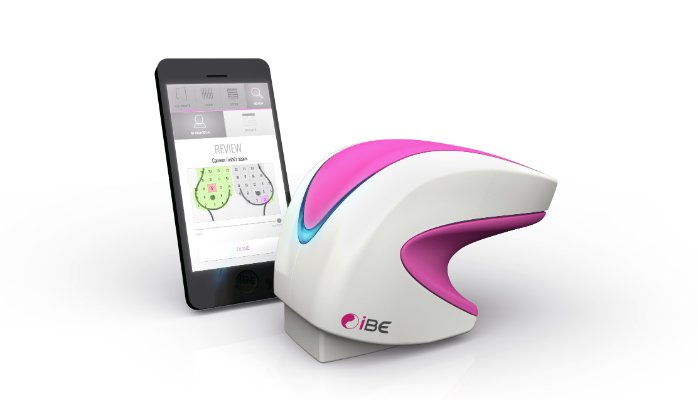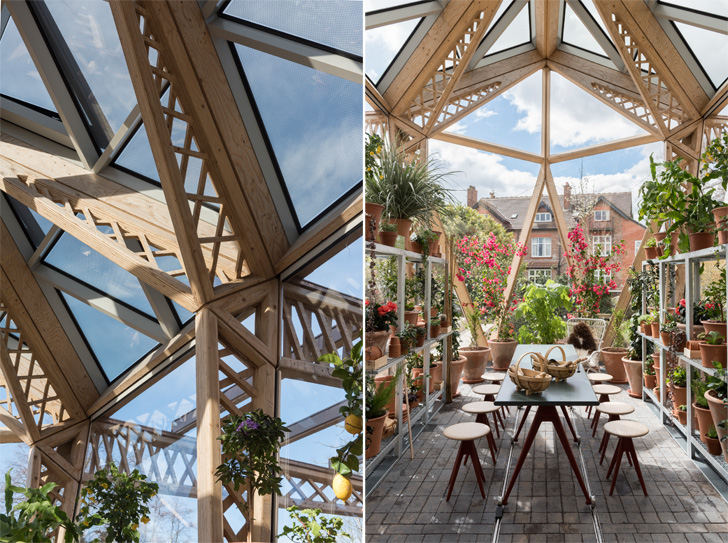Mihir Shah, an entrepreneur based in Philadelphia, was one of the speakers at the recently held Pune Design Festival. He presented to the predominantly design audience a new device for detecting breast cancer early amongst your loved ones. Mihir‘s device called iBreastexam is non-invasive, portable and easy to use in the privacy of one’s home or office and can therefore, help detect early signs of breast cancer. Mihir’s story is not just about entrepreneurial success. It is also about Design’s contribution in the health care sector: The sector that so desperately needs design inputs in India and abroad.
Designers in India, early on, have contributed to the health care sector. When the first of the corporate hospitals, Apollo Hospitals, set up shop in Madras, senior NID faculty, Dashrath Patel was invited to design it’s interiors. Dashrath chose to do up the walls of the rooms in pleasant colours, instead of white. He also added that each room will have an original painting by an artist. His logic was that the environment should be pleasing enough for a patient to heal. Design can help contribute in faster healing.
An idea, that is confirmed by the Manchester‘s cancer centre that has given it’s architecture a healing touch. Tree-lined exteriors, comfortable seating areas and natural lighting all contribute in making the environment pleasant and is dubbed as a ‘home away from home’ that fosters healing to the patients suffering from cancer. This establishes the fact that design can have a serious role to play in the healing process.
PIc Courtesy : indianartndesign.com
Just like environments, design of medical products need to be designed with the empathy it deserves. When I had a fall in the recent past, I realised that X-ray machines are so badly designed for patients with a hip fracture. Transporting the patients in ambulances that are make-shift trucks is another practice that is hardly noticed. Stretchers don’t fit, transfer of patients are done manually and all equipments are designed for more disasters.
Satish Gokhale, product designer and owner of Design Directions, a studio based in Pune, has several successful products to his credit. He has ventured into medical product design early on and has worked with various organisations that manufacture diagnostic equipments. From ambidextorous ultra-sound machines to instant blood analyser, his firm has brought style and sophistication to products that are used on suffering patients.
Pic Courtesy : designdirections.net
Investing on healthcare is a state subject. Governments need to understand that investing in design goes a long way, not only in the healing process but also saves precious funds that would otherwise go into fire-fighting epidemics. One such initiative was recently reported in the Washington Post. Incubis Design, a firm in Delhi run by Amit Krishn Gulati and Sabyasachi Paldas, had along with Tilak Lodh, designed and supervised execution of the prototype clinics that will soon dot the landscape in Delhi. The team has made inroads into the sector that is bound to benefit with this design intervention. It gives shape to an idea that makes sense: socially and financially.
Pic Courtesy: Amit Krishn Gulati
The article in Post also talks about a fantastic new product Swastya Slate, that enables a quick diagnosis of a patient’s well being and makes the para-medical professional to take action. Developed in USA by Kanav Kahol, for developing countries, this product is presently being used in Jammu & Kashmir and Delhi and is the result of systems thinking by designers, technologists and health care professionals.
There’s a surprising lot of work being done by Indians, here and abroad, on developing products and systems for the healthcare sector that will benefit the massive populations. My firm, January Design, also has to it’s credit a systems project of designing hospital trolleys. The project resulted in making all trolleys into modular sections that will help both the manufacturer and the client hospital.
But, governments are slow to recognise the benefits and worse, do not find it fit, to pay for design. Governments must be convinced of Design’s contribution to the health sector, so as to make them invest in design exercises that will bring succour to the millions. Patient-care systems, medical products and public healthcare facilities are woefully inadequate and badly designed. There is a malady in successive governments, of spending on fighting epidemics than pro-actively investing in better products and systems and a healthy environment. Design can be the prescription to bring about the much-needed change.
It’s time to wish the government to get well soon.





